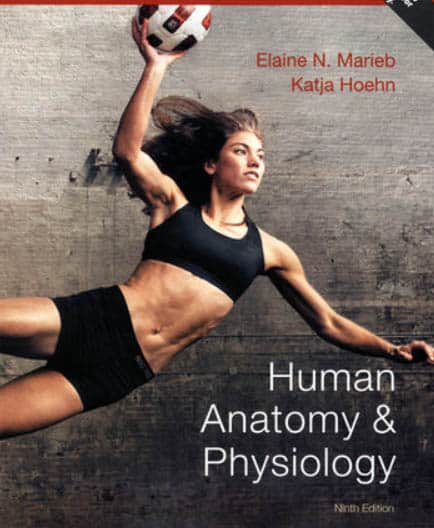Which of the following is not a property of endocrine glands?
Which of the following is not a property of endocrine glands?
They have ducts.
They drain lymphatically.
They produce hormones.
They drain vascularly.
they have ducts
The only amine hormone to act like a steroid is ________.
TH
ACTH
GH
ADH
TH= Thyroid Hormone
The neurohypophysis or posterior lobe of the pituitary gland is not a true endocrine gland because ________.
A) it is only a hormone storage area that receives hormones from the hypothalamus for release
B) embryonically it was an endocrine tissue, but in the adult human it is no longer functional
C) it is unable to function as an endocrine tissue because it is actually part of the neural system due to its location
D) it is strictly a part of the neural system and has little or nothing to do with hormonal release
A) it is only a hormone storage area that receives hormones from the hypothalamus for release
Which organ is responsible for synthesizing ANP?
A) the heart
B) the kidney
C) the skin
D) the spleen
A) the heart
Which of the following hormones helps the body avoid dehydration and water overload?
A) Thyroid-stimulating hormone
B)Oxytocin
C) Antidiuretic hormone
D) Follicle-stimulating hormone
C) Antidiuretic hormone
The largest pure endocrine gland in the body is the ________.
Thyroid Gland, pg 608 in text
Which of the following hormone pairs are antagonists that regulate blood calcium ion levels?
A) parathyroid hormone/calcitonin
B) thyroid hormone/parathyroid hormone
C) FSH/LH
D) insulin/glucagon
A) parathyroid hormone/calcitonin, pg. 611 in text
In _________ diabetes, target cells do not respond normally to insulin.
In ________ diabetes, no insulin is produced.
In _________________ diabetes, glucose levels remain higher than normal.
In type 2 diabetes, target cells do not respond normally to insulin.
In type 1 diabetes, no insulin is produced.
In both type 1 & 2 diabetes, glucose levels remain higher than normal.
The ________ gland declines in size and function with age.
??? look it up
With age, chronic stress increases blood levels of cortisol and appears to contribute to memory deterioration.
True
False
True, pg 626 in text
Microscopic structure of the adrenal gland
Label it correctly!!!
pg. 615 in text
Part A
When blood glucose levels are high
The liver releases glucagon.
The pancreas releases glucagon.
The liver releases insulin.
The pancreas releases insulin.
The pancreas releases glucose
The pancreas releases insulin.
Part B
A liver cell responds to insulin by
Taking in glucose and converting it to glucagon.
Breaking down glycogen and releasing glucose.
Releasing glucagon.
Releasing insulin.
Taking in glucose and converting it to glycogen.
Taking in glucose and converting it to glycogen.
Part C
What cells in the body respond to glucagon by breaking down glycogen and releasing glucose?
Muscle cells.
Cells in the pancreas.
Intestinal cells.
Liver cells.
Liver cells and cells in the pancreas.
Liver cells.
Part D
Body cells that respond to insulin include
Liver cells only.
Liver cells, as well as most other cells of the body.
Liver cells and muscle cells only.
Muscle cells only.
Intestinal cells only.
Liver cells, as well as most other cells of the body.
Part E
When blood glucose levels are low
The pancreas releases insulin, which eventually causes blood glucose levels to decrease.
The pancreas releases glucagon, which eventually causes blood glucose levels to decrease.
The pancreas releases insulin, which eventually causes blood glucose levels to increase.
The pancreas releases glucagon, which eventually causes blood glucose levels to increase.
Liver cells convert more glucose to glycogen.
The pancreas releases glucagon, which eventually causes blood glucose levels to increase.
Part F
The body's tendency to maintain relatively constant internal conditions is called
negative feedback.
homeostasis.
positive feedback.
diabetes.
None of the above.
homeostasis.
Art-labeling Activity: Figure 16.1
pg 595 in text
